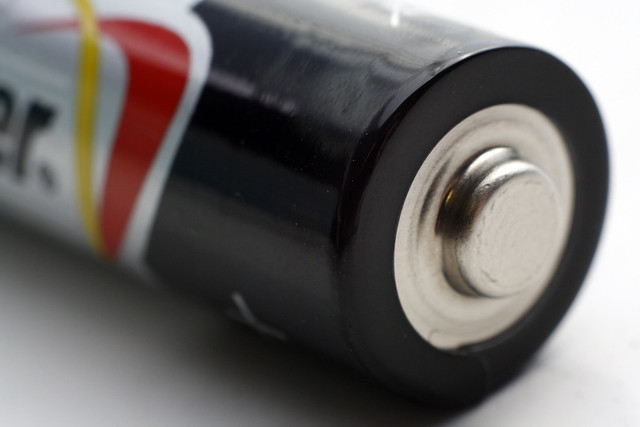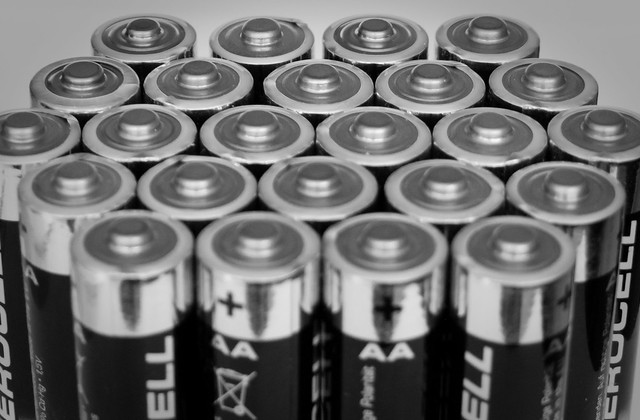Discussion on lithium ion battery fumes
Jul 12, 2019 Pageview:2908
The technical and commercial success of lithium batteries is undeniable at this point. lithium batteries has a number of applications that vary from simple uses like cellular phones, all the way to electric vehicles, or massive storage of energy at very large scales in specialized plants. In the latest news, we have observed occasional events regarding this battery that involves fires, intoxications, and related potentially harmful issues. Because of this, concern has risen on the risks lithium ion batteries might present, especially regarding the spontaneous fires they generate and the intense heat that is generated by said fires. The fire itself alone generates a serious threat to those who operate or own the batteries, and the risks are also associated to the fact that these fires and the batteries themselves have the tendency of releasing toxic fumes like gases and smokes hat come from the slight malfunctions the battery might have had. This can become a potentially larger threat when it comes to batteries kept in narrowed environments where people are working, or present. These environments include aircrafts,specials, mine shafts, space crafts, or even in-home equipped complex battery systems. When a Lithium-ion battery begins to leak fumes the first thing to happen is an intense generation of heat, hence the fire hazard. The amount of gas and smoke released is significant at this point. Even if the heat doesn’t cause combustion, the release of over 100 toxic gases, including carbon monoxide, is pretty dangerous on itself and could be an even larger threat than the heat. Though the knowledge of those emissions is rather limited, here is what we do know about them.
The risks of lithium ion battery fumes
When overheating a lithium-ion battery, the consequence comes in the release of a series of highly explosive, carcinogenic, hazardous components. The mixture is extremely harmful for human health, and if no measures are taken to stop the release and get rid of the fumes, then the failure of the cell will lead, most likely, to the ignition of the battery. In case that happens, it is important for it to be controlled still, since if it expands further it can cascade to adjacent cells.
The issue is, when the battery gas is inflamed, dangerous substances get oxidized into reaction products that are harmless. However, breathing these fumes is very likely to cause intense vomiting, chocking, complications in breathing, and other symptoms (usually those of carbon monoxide intoxication) that originate in the toxicity of the gases released by the battery.
Considering the fact that one could identify the fumes and stop them avoiding further damage, the real risk (other than intoxication by fumes) is the battery catching fire. Every cell is isolated and mounted with a barrel. This barrel is shut by a cover which prevents it from exploding. However, this barrel retains most emission gases. The gas mixture leads to fire, and if the fire expands to the other cells, potential explosion of the battery.
Level of lithium ion battery fumes
An experiment made to determine fumes in batteries, how to deal with them and at what levels does the battery begins to release fumes concluded the following. When a cell is slightly overcharged, until the point of about 4.3 V, the thermal runway begins. The thermal runway begins to release fumes into the environment, and the release increases exponentially.
The levels of fumes become critical when the hydrogen levels begin to rise. When the hydrogen level is at 4%, the risk of explosion is very high, and the likeliness for an explosion to happen is of almost 100%.
How to deal with lithium ion battery fumes
When facing fumes coming out of your lithium-ion battery, the first thing one has to do is suppress the inflammation of the emission gases, this way the amount of energy released is significantly reduced. From here there are two main options, you can either prevent the ignition of the cell by using a textile composite (which actually causes the fume releases to become stronger and more dangerous to your health). Or, you can let the battery ignite and turn it off with an extinguisher.
Since an ignition can get out of control, preventing it and dealing with the fumes might be safer. To do this it is highly recommended to have a gas filterer within the space where the battery is being used. A gas filterer works through 5 stages in which it catches the gases and separates them from the environment. First there is a particle filtration grid, immediately followed by pellet layers of activated charcoal, later there is potassium permanganate and activated alumina, followed by a fine particle filter. Finally, a gas bag is used to collect the gas emissions of the battery behind the filtration. The filter will cause for a significant reduction in the concentration of all hazardous components, this will also further reduce the risk of ignition, and small the inflammation on the battery.
So, it can be concluded that the better solution for dealing with released fumes by overheating, or any other reason, is to utilize a combination of flame inhibiting materials, such as the mentioned textile composite, and to later, after the ignition has been avoided and the fume release has become stronger, use the gas filter. The gas unite system can actually be utilized for industrial batteries, but also for stationary systems and home storage as well. The filter could potentially truly enhance the security level of all the lithium-ion batteries, and increase the confident consumers have in the stage their batteries are on. It would also aid the producers and innovators in cell batteries not to change the design of the cells significantly in their look for a less dangerous lithium-ion battery.
However, if you do not have any of this equipment and are faced with fume release of a lithium-ion battery, it is recommended to walk away from the battery and leave the room before ignition or gas intoxication.
- Prev Article: Puffed Li-Po Battery
- Next Article: Show more about 18650 battery shrink wrap
Leave Message
Hottest Categories
-
Hottest Industry News
-
Latest Industry News











